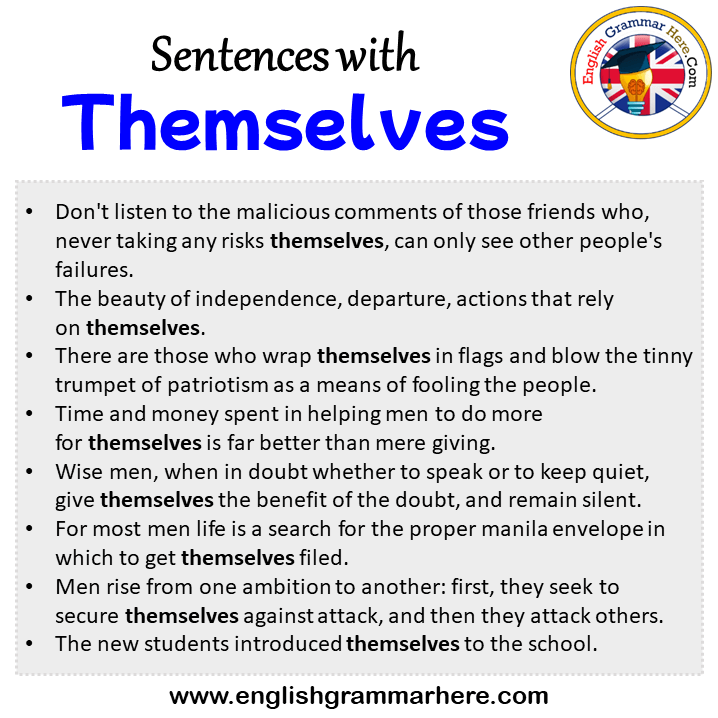In today's multifaceted global landscape, the question of identity often becomes a focal point of discussion, especially concerning immigrant families. The experiences and narratives of individuals who have navigated the complex terrain of relocating to a new country can vary widely. These stories are not just about survival; they reflect the intricate weave of culture, resilience, and adaptation. Among these narratives, a significant inquiry arises: do people identify more with themselves or with the children of immigrants? This question invites us to explore the depths of personal and communal identity, and how these identities are shaped by the immigrant experience.
As we delve deeper into this topic, we encounter a myriad of perspectives that illuminate the challenges and triumphs faced by immigrants and their descendants. The phrase "themselves or the children of immigrants. which sentence best represents" encapsulates the struggle to find a balance between personal identity and the legacy of one's heritage. Through various lenses—be it cultural, social, or emotional—we can better understand the connections and distinctions that define these identities.
Ultimately, the exploration of identity among immigrants and their children is not just a matter of self-identification; it reflects broader societal narratives about belonging, acceptance, and the quest for a place in the world. As we navigate these complex discussions, it’s crucial to consider the implications of these identities on personal and collective levels. In this article, we will investigate various aspects of this theme, aiming to shed light on the diverse experiences that shape how individuals perceive themselves in relation to their immigrant backgrounds.
What is the Definition of Immigration and Its Impact on Identity?
The act of immigration involves individuals or families moving from one country to another, often seeking better opportunities, safety, or a more conducive environment for their aspirations. This transition can lead to profound changes in identity, as individuals must navigate new cultural landscapes while retaining elements of their original identity. The impact of immigration on identity can manifest in various ways:
- Adaptation: Immigrants often adapt to their new surroundings, which can lead to a blending of cultures.
- Preservation: Many individuals strive to preserve their original cultural practices and languages.
- Conflict: There may be internal conflicts as individuals grapple with dual identities.
How Do Immigrants Shape Their Personal Narratives?
Immigrants often construct their personal narratives based on their experiences, challenges, and successes. These narratives may reflect a desire to connect with their heritage while also embracing their new identity. The interplay of these narratives can influence how they perceive themselves and how they wish to be perceived by others.
What Role Does Community Play in Shaping Identity?
The community surrounding immigrants can significantly influence their identity. Support networks, cultural organizations, and social groups can provide a sense of belonging and validation. Immigrants often find solace in communities that share their backgrounds, fostering a sense of unity and shared experiences.
How Do Children of Immigrants Navigate Their Identities?
Children of immigrants often face unique challenges as they grow up in a culture that may differ significantly from their parents’ heritage. They are typically caught between two worlds, which can lead to various identity-related dilemmas. Their experiences often include:
- Hybrid Identity: Many children develop a hybrid identity that incorporates elements from both cultures.
- Generational Differences: The gap between immigrant parents and their children can lead to misunderstandings and conflicts.
- Pressure to Assimilate: Children may feel pressure to conform to the dominant culture, which can create tension at home.
What Are the Common Sentiments Expressed by Immigrants?
Immigrants often express a range of sentiments about their experiences, which can provide insight into their identity formation. Common themes include:
- Hope: Many immigrants carry hope for a better future for themselves and their children.
- Longing: There is often a deep-seated longing for their homeland and the customs they left behind.
- Resilience: The ability to overcome obstacles and adapt is a common sentiment among immigrants.
How Do These Experiences Shape Their Perspectives on Identity?
The experiences of immigrants and their children shape their perspectives on identity in profound ways. They may view their identity as a tapestry woven from both personal experiences and cultural heritage. This duality can enrich their lives but may also lead to challenges in self-identification.
What Does Research Say About Identity Among Immigrants?
Numerous studies have explored the complexities of identity among immigrants and their children. Research indicates that identity is not static; it evolves over time and is influenced by various factors, including:
- Socioeconomic Status: Economic opportunities can impact how individuals perceive themselves.
- Education: Access to education can facilitate integration and a sense of belonging.
- Community Support: Strong community ties can foster a positive sense of identity.
How Can Society Support Immigrants and Their Children?
Support from society is crucial in helping immigrants and their children navigate their identities. Initiatives that promote inclusivity and understanding can empower immigrant communities. Some approaches include:
- Language Programs: Offering language classes can help bridge communication gaps.
- Cultural Events: Celebrating diverse cultures can foster appreciation and understanding.
- Mentorship Programs: Connecting immigrants with mentors can provide guidance and support.
What Can We Learn From the Experiences of Immigrants?
The experiences of immigrants and their children offer valuable lessons about resilience, adaptation, and the importance of community. By recognizing the complexities of their identities, we can cultivate a more inclusive society that values diversity. The phrase "themselves or the children of immigrants. which sentence best represents" serves as a reminder of the ongoing dialogue about identity and belonging in our increasingly interconnected world.
In conclusion, the exploration of identity among immigrants and their children is a multifaceted journey that involves understanding personal and collective narratives. By engaging with these stories, we can appreciate the richness of diverse experiences and foster a society that embraces and celebrates all identities.

